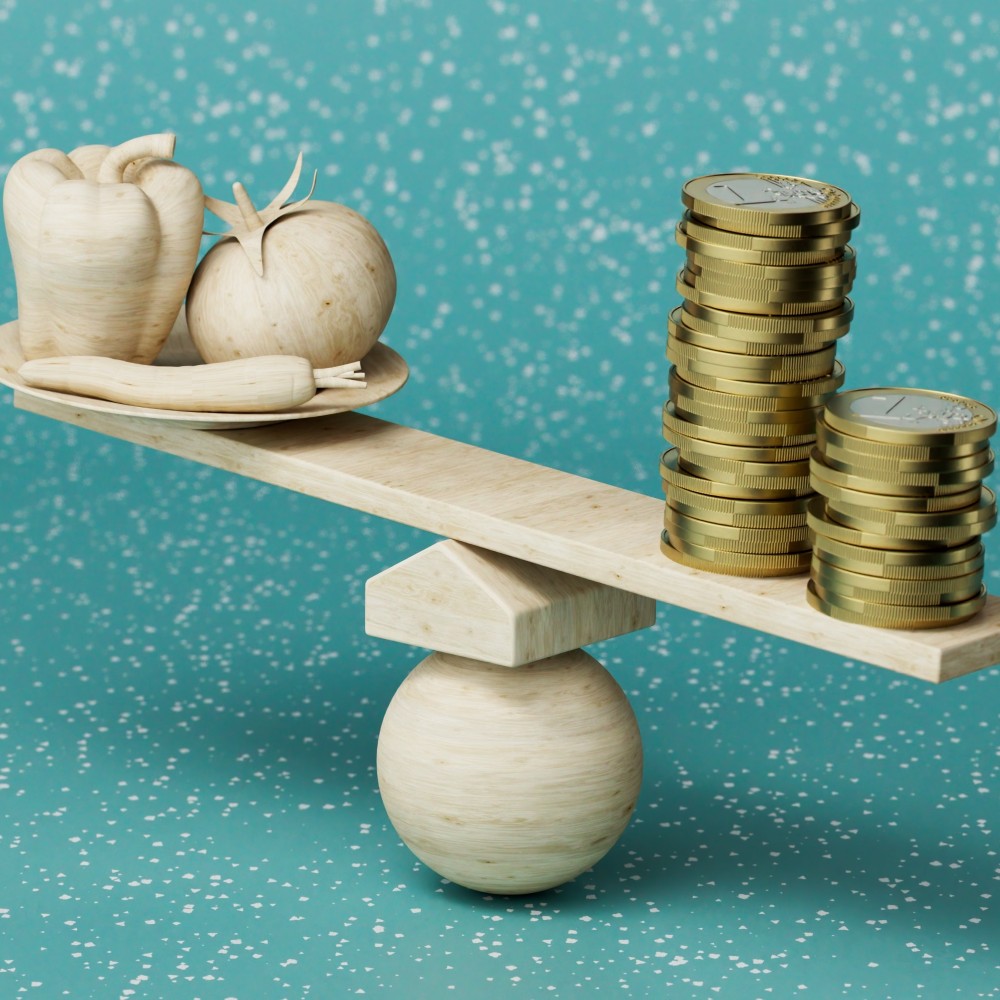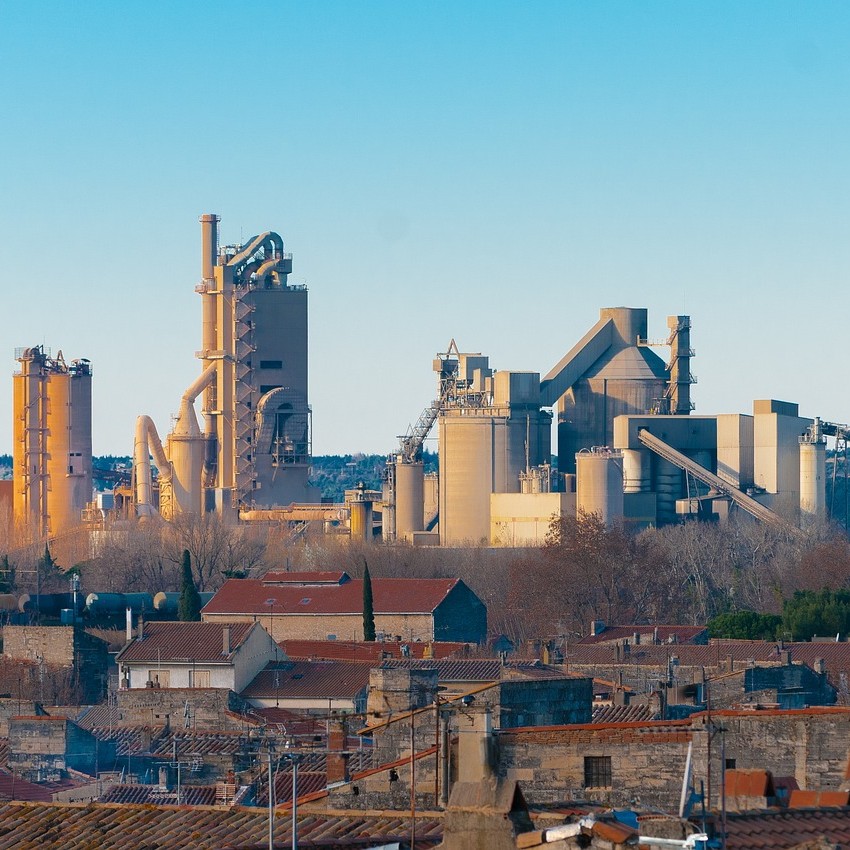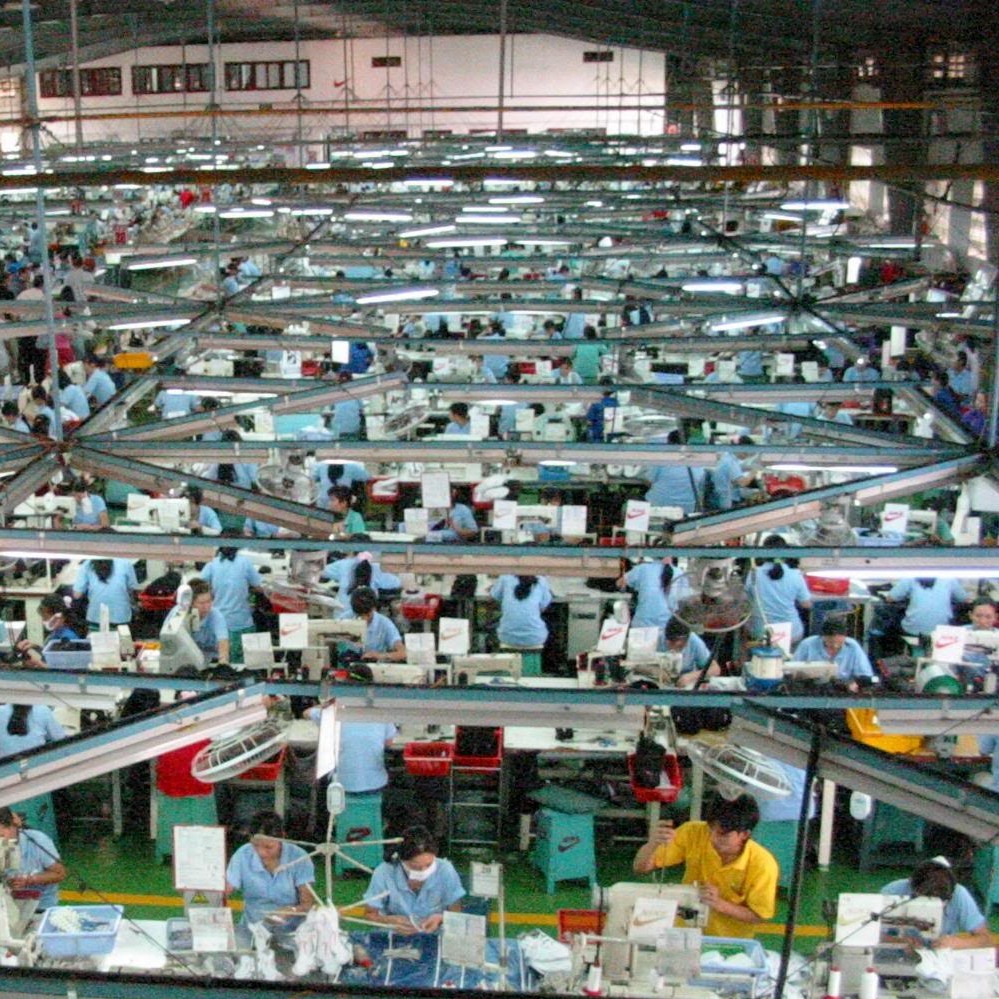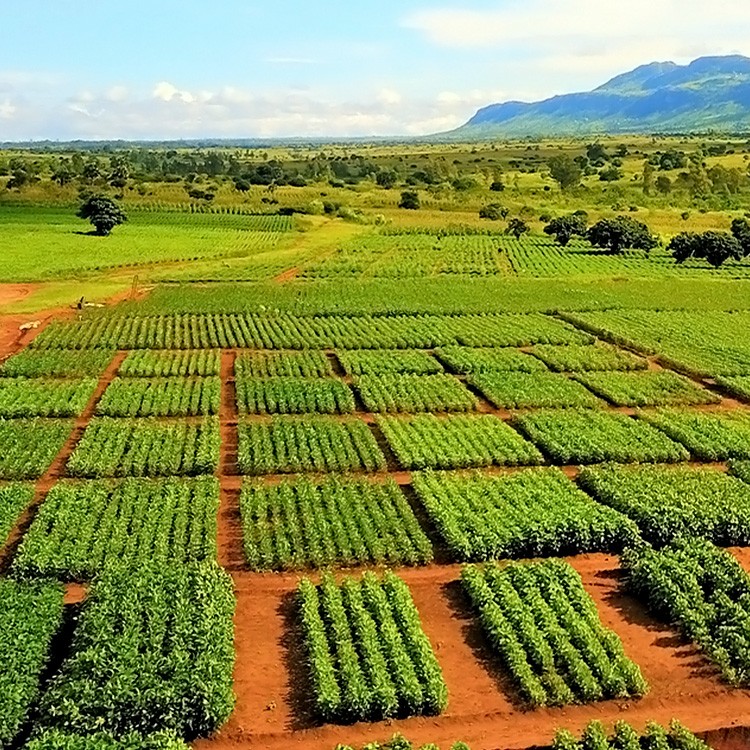Economic recessions are one of many phenomena difficult to avoid. As unsettling as they are, many countries around the world are currently going through a recession now. Understanding the causes and potential impacts of a downturn and taking proactive steps is essential to navigating our fast-paced global economy.
globalEDGE Blog - Page 17
Publish Date:
Many advanced economies are experiencing a shortage of labor. Wages are being driven up, sustaining inflation above central bank targets. Weakening labor markets, or wage pressure, is one of the reasons central banks intend to keep short-term interest rates at a higher level for a prolonged period. However, a potential solution to the labor shortage is migration.
Publish Date:
While Black Friday is the biggest shopping day of the year in the United States, bringing in over 65 million dollars last year, there is another, even larger-scale shopping holiday that many don’t know about: Singles Day.
Publish Date:
Almost every large company in the world has used fossil fuels at some point, whether at a federal level or a state level. Restrictions are being placed on how certain corporations handle their carbon footprint. While some companies have pledged toward a more carbon-neutral future, reaching those sustainability goals takes time, effort, and money. This has led to a new industry solely based on carbon dioxide extraction from the atmosphere. The carbon capture and storage industry is on the rise, with Fortune 500 companies investing millions into reducing their carbon credit and billionaires launching their start-ups in the sector.
Publish Date:
During the mid-1970s, wide-leg pants gained popularity among both men and women in Europe and North America. 50 years later, they're coming back in style.
Publish Date:
For the first time since 2014, a worrisome development has occurred in China. Firms have taken more money out than they have reinvested back into the country. For years both foreign and domestic companies funneled their profits back into China. Now those profits are leaving the country, due to changing interest rates, rising wages and increased risk.
Publish Date:
Brazil is now a significant producer of corn, soybeans, cattle, cotton, and other agricultural products worldwide. But this growing agricultural industry is not without opposition, especially when it comes to its part in using the Amazon rainforest.
Publish Date:
The past couple years have been a whirlwind of growth, losses, unexpected trends and international successes, but some industries have come out further ahead of others. As we approach the end of 2023, here are some of the most profitable global business industries that are expected to continue their expansion.
Publish Date:
Europe is one of the most prominent travel destinations in the world, holding 61% of total arrival shares when viewing the Global and Regional tourism results. Their vast history, stunning views and elaborate architecture are some of the reasons Europe’s tourism is so high. However, the future of international travel will change in 2024 as the European Union (EU) requires travelers from the United States and sixty other countries to apply for authorization through the European Travel Information and Authorization System (ETIAS).
Publish Date:
Switzerland’s reputation as a global leader in various sectors, such as life sciences, pharmaceuticals, finance, and manufacturing, remains unwavering. Fueled by a stable economy and a welcoming business climate, the nation consistently attracts foreign investments. However, the Swiss business landscape isn’t static; it evolves to embrace fresh challenges and opportunities.












